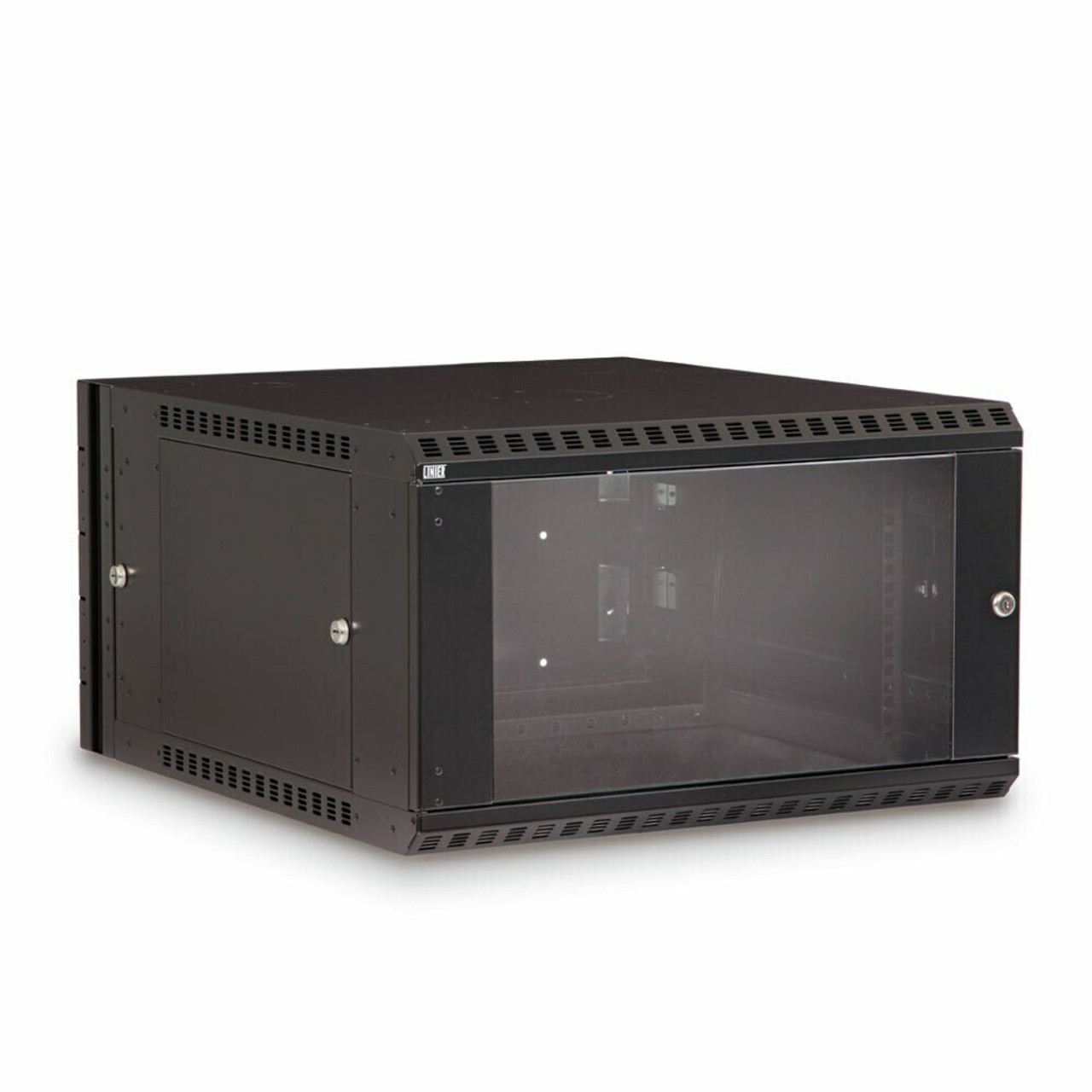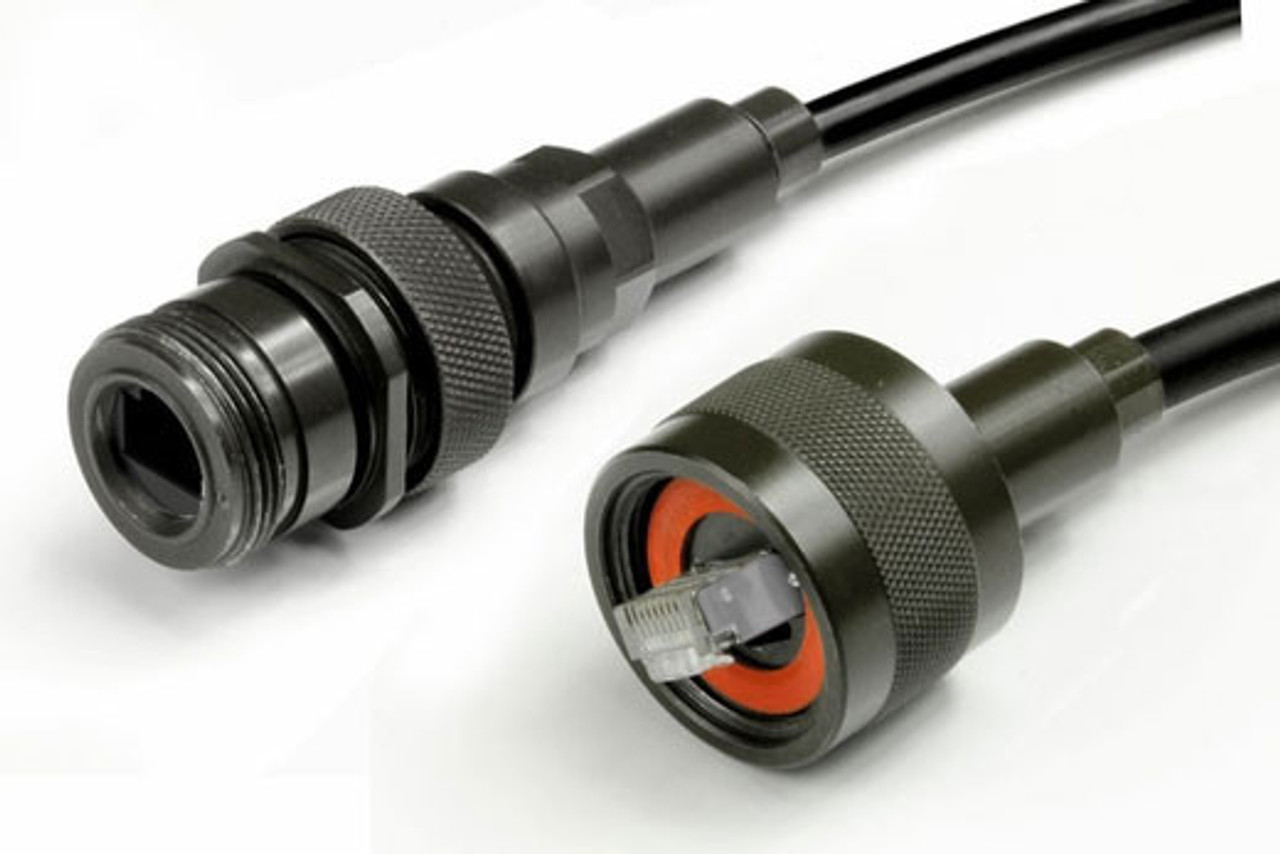Tips for Improving Connectivity in Healthcare Facilities
- Feb 22nd 2022
- By

Today’s hospitals and healthcare facilities are becoming increasingly dependent on technology to streamline patient care, deliver quality healthcare services, and improve operational efficiencies. According to a recent report, the U.S. digital health market is expected to reach more than $86 billion in the next six years. Hospital networks need to handle more data-intensive electronic medical records (EMR) than ever before, while supporting emerging digital health technologies like remote patient monitoring and telehealth, advanced scheduling and billing, digital diagnostics, wireless medical equipment, and even patient entertainment systems—all while ensuring maximum 24X7 uptime and reliability.
All of these digital health technologies require hospitals and healthcare facilities to ensure high-performance network connectivity, while also complying with strict healthcare regulations related to patient data privacy, security, and infection control. Upgrading hospital IT infrastructure must therefore minimize disruption and maximize reliability, performance, and scalability. Let’s take a look at key considerations for connectivity in today’s healthcare facilities.
Healthcare Network Requirements
Hospital IT departments should follow cabling standards specifically developed for healthcare environments. These include standards like the ANSI/TIA-1179 Healthcare Facility Telecommunications Infrastructure Standard and the ANSI/BICSI-004 Information Communication Technology Systems Design and Implementation Best Practices for Healthcare Institutions and Facilities that provide recommendations for backbone and horizontal cabling media, pathways and spaces, and work area outlet densities in a healthcare setting. For example, the ANSI-TIA-1179 standard recommends increasing the size of the telecommunications room for hospitals. It provides a recommended minimum number of work area outlets depending on the healthcare space (e.g., emergency room, nurse’s station, operating room, patient room).
Current healthcare cabling standards recommend a minimum of Category 6A cable for horizontal cabling media capable of supporting 10 Gb/s transmission speeds. Consider this—digital images for CT, MRI, and PET scans can reach as high as 300 megabytes per image, and a single patient record can contain multiple images. It can take several minutes to download scans for a single patient over a 1 Gb/s infrastructure, while that same file can be downloaded in just seconds over a 10 Gb/s infrastructure. Immediate access to scans can mean the difference between life and death in an emergency.
Before designing the cabling infrastructure, it’s important to know the specific requirements of each system and its connected devices. For example, while the standards-recommended Category 6A cabling that supports 10 Gb/s is adequate for most systems, the latest Wi-Fi 6 application requires two Category 6A connections to achieve maximum throughput. Other specialty systems and devices within a hospital may require a direct fiber connection, either due to bandwidth, security, or noise immunity requirements.
Since hospital networks need to maintain maximum uptime, the infrastructure must also be designed to provide superior redundancy. Diverse and multiple cabling pathways, redundant power for active equipment, UPS monitoring, and implementing a failover approach are all key to ensuring always-available connectivity in hospitals and healthcare facilities.
Infection Control Requirements
 In a healthcare setting, moves, adds, and changes to the cabling infrastructure must be minimized. Not only are changes disruptive to staff and patients in an environment that operates 24-7 but once ceiling tiles are closed, accessing cabling in the plenum (air-handling) space can jeopardize infection control. Per infection control regulations, whenever the plenum space is accessed in a hospital, IT staff must adhere to strict dust and infection control procedures such as deploying barriers and ensuring that the space is negatively pressurized. These requirements can add significant costs.
In a healthcare setting, moves, adds, and changes to the cabling infrastructure must be minimized. Not only are changes disruptive to staff and patients in an environment that operates 24-7 but once ceiling tiles are closed, accessing cabling in the plenum (air-handling) space can jeopardize infection control. Per infection control regulations, whenever the plenum space is accessed in a hospital, IT staff must adhere to strict dust and infection control procedures such as deploying barriers and ensuring that the space is negatively pressurized. These requirements can add significant costs.
One way to limit accessing the plenum space during moves, adds, and changes is to select a zone cabling design that involves deploying small wall-mount cabinets to serve specific areas. The cabinet houses passive patch panels that terminate horizontal Category 6A cables from an existing telecom room. From the cabinet, very short Category 6A links (typically less than 15 meters) can be used to connect to devices or work area outlets within the specific coverage area. Moves, adds, and changes are therefore limited to these short links within the coverage area, rather than needing to access longer pathways that traverse other healthcare spaces.
Protecting Network Connections in Healthcare Environments
 A hospital and healthcare facility contains numerous environments, from common areas and patient rooms to surgical suites and laboratories. Each of these environments may have specific requirements or hazards that can impact connectivity. For example, an operating room may contain equipment that emits electromagnetic interference (EMI), which can couple noise onto network cables and degrade or prevent signal transmission. These spaces may require the use of shielded Category 6A (F/UTP) cabling that contains a metallic shield to protect the internal cable conductors from EMI.
A hospital and healthcare facility contains numerous environments, from common areas and patient rooms to surgical suites and laboratories. Each of these environments may have specific requirements or hazards that can impact connectivity. For example, an operating room may contain equipment that emits electromagnetic interference (EMI), which can couple noise onto network cables and degrade or prevent signal transmission. These spaces may require the use of shielded Category 6A (F/UTP) cabling that contains a metallic shield to protect the internal cable conductors from EMI.
Other areas within a hospital may also be subject to frequent washdowns or chemicals, which can corrode contacts within network connectivity. This may require ruggedized network connectivity with an IP-68 seal to prevent water or moisture penetration.
Future-Proofing Healthcare Networks
The emergence of IoT is placing more devices on networks than ever before and technology continues to advance. Since the onset of the global pandemic, demand for remote patient monitoring and telehealth has reached an all-time high, and smart technologies like artificial intelligence (AI), virtual and augmented reality, and robotics are making their way into healthcare to improve patient outcomes. A recent healthcare digital transformation survey found that 93% of healthcare organizations have a digital transformation strategy, or are in the process of creating one.
At the same time, as healthcare facilities need to optimize the patient experience and reduce operating costs, many are turning to smart building systems like IP-based LED lighting, security, and HVAC that connect to the network for better insight, control, and energy savings. Many of these systems are also converging and communicating over a unified network infrastructure to share actionable data.
When upgrading or installing hospital cabling infrastructure, it’s therefore important to consider interoperability and scalability. In addition to selecting the right standards-based cabling media for backbone and horizontal cables, the backbone infrastructure should include ample fiber to support increasing amounts of data. Pathways, spaces, and cabinets should also be designed with plenty of capacity to accommodate future needs. For example, when deploying the aforementioned zone cabling design, zone cabinets should include at least 25% port capacity for connecting additional devices within a coverage area.
The good news is that CablesPlus offers a complete line of network solutions that meet the needs of today’s complex healthcare deployments, from bulk fiber and Category 6A shielded and unshielded cables for backbone and horizontal links, to a variety of wall-mount cabinets and ruggedized Ethernet assemblies.
Check out our breadth of connectivity solutions or contact us today to discuss your healthcare network infrastructure needs.
See Our Full Line of Network Solutions Contact an Expert
Additional Resources:
